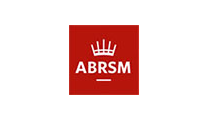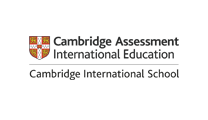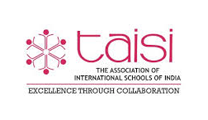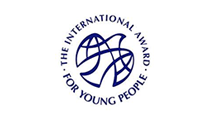
Inspiring the scientists of the future: how Cambridge Primary Science supports learners to think and work scientifically
07-10-2023
Encouraging students to think and work like scientists is an essential part of teaching and learning – and starting this process at a young age can be crucial to students’ future understanding.
At The Ardee School in India we deliver all stages of the Cambridge Pathway from Cambridge Primary to Cambridge Advanced. We have offered Cambridge Primary since 2017, and currently have around 425 learners enrolled in the programme.
We have been working with the revised Cambridge Primary Science curriculum since it was introduced in 2020. The learning objectives for Cambridge Primary Science are divided into main areas called ‘strands’, which run through every primary stage.
Previously, the curriculum was structured around Biology, Chemistry, Physics and Scientific Enquiry. In the revised curriculum, there are three categories of strands:
- a skills strand (Thinking and Working Scientifically) which includes practical work
- content strands (Biology, Chemistry, Physics and the newly added Earth and Space)
- a context strand to help learners understand how science relates to the real world (Science in Context).
The strands are designed to support each other in every stage of learning, providing learners with a holistic science education.
Developing learners’ ability to question
The changes made to the Science curriculum have enabled our learners to develop their scientific skills even further, so they can become increasingly independent when questioning and investigating phenomena. The approach is enabling our learners to think like scientists and that’s key.
Science lessons at The Ardee School don’t begin by sharing and teaching the scientific facts but by asking questions like ‘why’, ‘how’ and ‘what’, which empowers learners to deliberate. This nurtures their natural curiosity and critical thinking skills, whilst also ensuring that this trait is not lost as they progress through higher stages of school.
Giving learners the opportunity to ask as many questions as their curiosity allows enables them to explore and seek answers themselves under a mentor’s supervision and guidance. Teachers don’t have to be learners’ Google and quickly try to answer all their questions for them – they can enjoy discussing learners’ questions and encourage them to share their perspective and observations.
The benefits of practical study
Providing learners with ample time to explore with experiments through trial and error and waiting before jumping in with ‘correct’ answers aids the process of exploration and discovery. If an experiment goes wrong, teachers can take advantage and investigate with them to see what went wrong so they are all learning from mistakes together. This enables them to think harder, analyse, evaluate, find solutions and draw conclusions.
The new Thinking and Working Scientifically strand has been particularly helpful in enabling learners to understand different types of scientific enquiry, like observing over time, fair testing, identifying and classifying, and research.
Recording observations is an important exercise. Writing (thinking journals), drawing or taking photographs are all good ways to do this. We make good use of gadgets too, by taking pictures of an insect like a butterfly or recording frog, lizard or bird sounds. Children can then use a website or app to learn more about a specific phenomenon or creature around us.
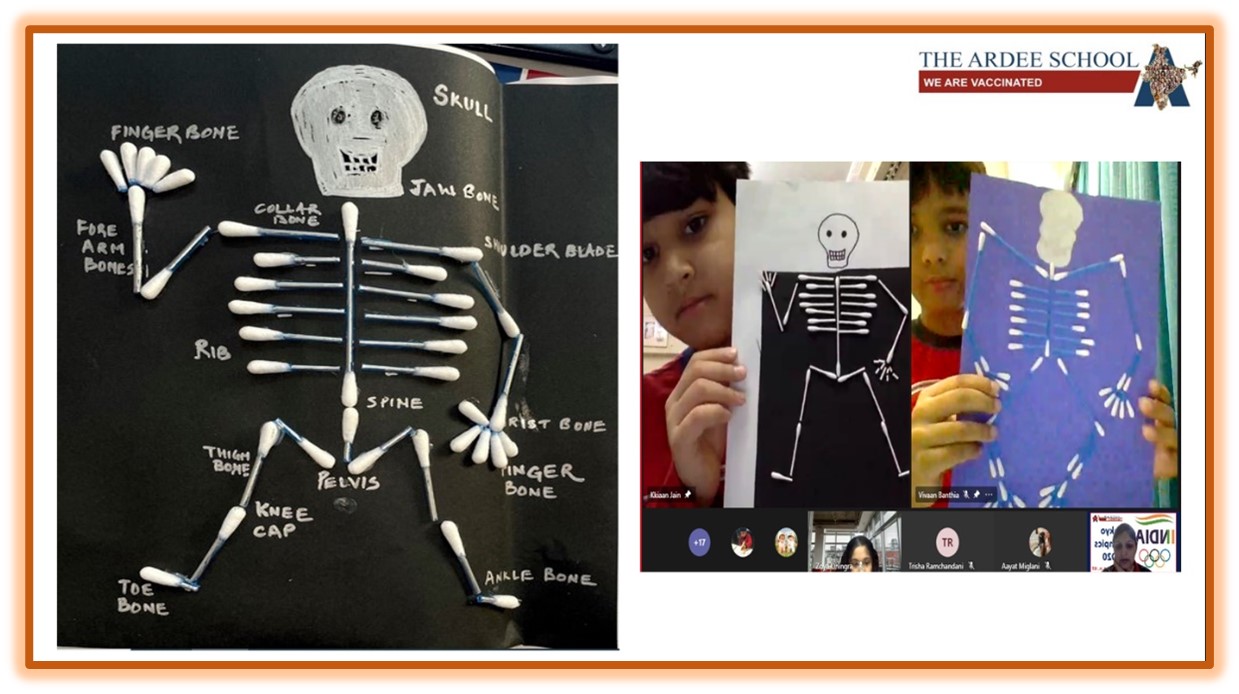
Another new addition to the Cambridge Primary Science curriculum is learning about models and representations* – which is explicitly taught through the Thinking and Working Scientifically strand. Understanding, using and evaluating scientific models is central to learners’ understanding of science, and prepares them for more advanced science study in later years.
One activity that Year 4 learners (age 9) at The Ardee School have undertaken to help them understand the characteristics of an animal is making a human skeleton from cotton buds and labelling each part.
Their responses and understanding were incredible as they worked around spatial awareness, creating forms and understanding structures independently. They also made a model of a hand to analyse how muscles and bones make us move. Creating these models enabled learners to analyse structure and build connections with the real world.
Year 4 learners also created food chains and food webs to investigate where animals get their energy from and to identify how energy is transferred.
One experiment involved finding the conditions suitable for a plant to grow. While learning that plants need sunlight and water, the Year 3 students carried out scientific enquiry by keeping plants in a closed box and observing what happened over a period. They were able to conclude that if a plant was kept in a closed box without water and sunlight, it will not grow.
Linking learning to the real world
Students are not only learning scientific facts but also applying these scientific facts in their daily lives, so they are further able to evaluate issues that involve science such as scarcity of water, endangered species, feeding roles in food chains and food webs and their impact on the environment.
Such teaching practices have encouraged learners to develop a collaborative learning environment along with higher order thinking skills, leading to an increase in their engagement and inquisitiveness.
In our experience, the Cambridge Primary Science curriculum is developing independent learners who learn through curiosity, questioning, engaging in trial and error, finding solutions to their problems and relating science to real-life scenarios.
It ensures continuity and progression of essential enquiry skills stage-by-stage, leading to a smoother transition from primary to secondary and beyond, imbibing a lifelong curiosity and lasting passion for science.






